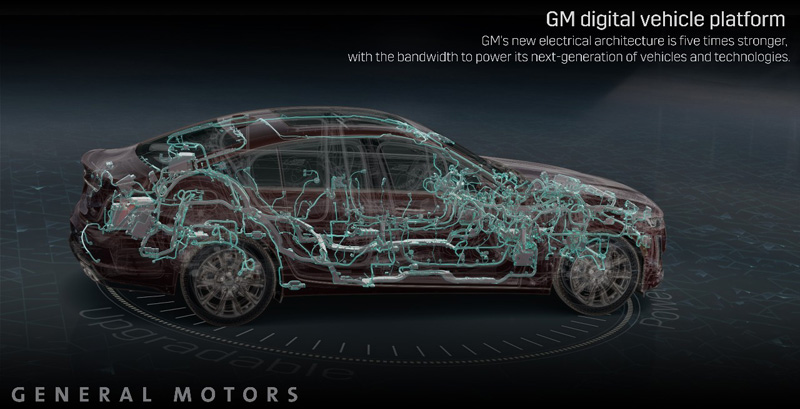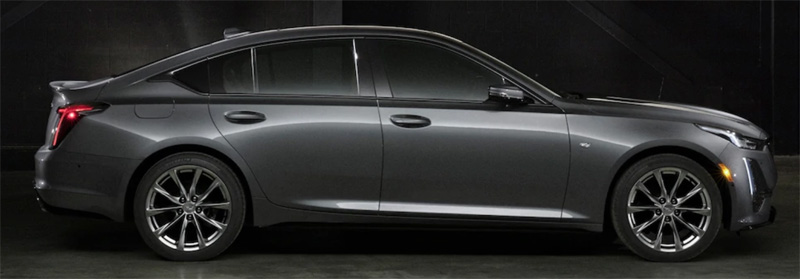
NEWS – Cars today run on software. Programs control everything from climate control to transmission shifting to air/gas mixture in the engine. Car manufacturers release software updates, just like other hardware manufacturers. I get firmware updates for my Sonos speakers and my Kevo door locks. They are delivered and installed pretty easily.
But…for cars, it always involved a trip to the dealer and some quality time in the customer lounge. But why? Most cars today have access to internet-based connectivity. But still, updates have to be done at the dealership. The sole exception to this is Tesla. They figured out early on that customers hate going to the car dealer. They changed the model for purchasing and for over-the-air (OTA) software updates.
General Motors (GM) is looking to continue the shift in that paradigm with its upcoming digital vehicle platform, being rolled out with the upcoming 2020 Cadillac CT5 sedan.

Most of GM’s vehicles will feature this underlying technology ecosystem by 2023. The new electronics systems will have the capability of managing up to 4.5 terabytes of data processing per hour, enabling systems like GM’s Super Cruise autonomous driving system. This represents an improvement in processing power of up to five times beyond today’s cars.
By adding new OTA updates, GM is positioning its fleet to be able to add new functionality over the lifespan of the vehicles without an annoying dealership visit. This sets the stage for better performing electric and autonomous vehicles as well as improved features on traditional cars.
Of course, hacking is a concern – nobody wants anyone taking control of their car as it hurtles down the highway. GM has included new security measures in the system’s DNA to ensure overall system security.
Tesla set the stage and now GM, and other automakers are jumping into the party, bringing a needed change to the auto industry and I hope, an increase in the propagation of new and exciting features to new vehicles. It is a fun time for the auto industry.


